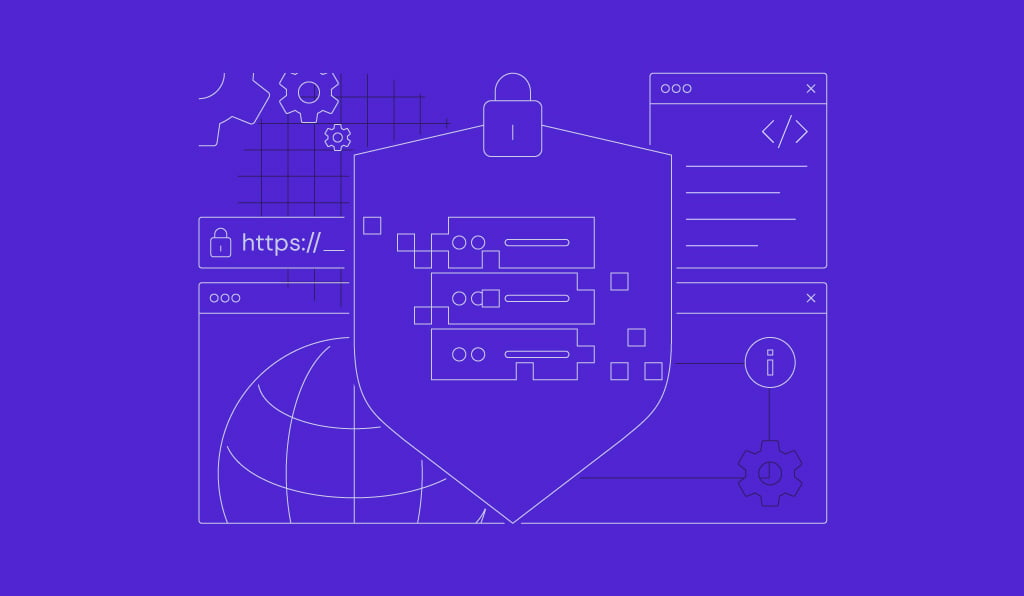All Hostinger Tutorials
Learn more about web hosting, VPS, domain names, SSL, and more with our newest releases.
Linux touch command: what it is + examples of how to use it to modify timestamps
People usually associate the touch command in Linux with creating files. However, like many other Linux commands, it offers much broader...
How to install PostgreSQL on Ubuntu and usage instructions for effective database management
PostgreSQL is a popular open-source relational database management system (RDBMS) known for its scalability and efficiency in handling large amounts...
How to install, configure, and secure Redis on Ubuntu
Redis is an in-memory database used to store data temporarily as a cache to reduce server load and improve application performance. It is also a...
How to install Jenkins on Ubuntu in 2025
Typically, software development presents its own set of challenges. One of them is ensuring that software is built, tested, and deployed in a timely...
How to use the Linux watch command
The Linux watch command is a powerful tool that runs user-defined commands at regular intervals and displays the output. It’s important for...
How to use the Linux ping command: main usage ways and tips
The Linux ping command is a tool for diagnosing connectivity issues, monitoring network performance, and checking server availability. It is...
How to set up passwordless SSH on Linux
Due to its reliability and security, the secure socket shell (SSH) is the most common way to interact with a remote server. However, using this...
How to kill a process in Linux from the command line
In Linux, managing running processes is key to maintaining system performance and stability. If you encounter an unresponsive or misbehaving process,...
How to use the Linux dig command
The dig command, short for domain information groper, is a powerful network tool for querying domain name system (DNS) servers. It helps diagnose and...
Tmux tutorial: understanding what it is, how to install and use it
Tmux is a tool that lets users create multiple virtual Terminal sessions in their system, each running an individual process. It works similarly to...
How to install and set up an Ubuntu mail server
Having your own email server is a great idea for any medium-sized company. With this, all the traffic is controlled, and we can define the rules...
How to show users in MySQL and user information using Linux
A MySQL database server is frequently the first choice for developers and anyone interested in testing a structured query language. MySQL includes...
How to use the Linux shutdown command in Ubuntu and CentOS
The Linux shutdown command is used to power off, reboot, and schedule these tasks on Unix-based systems, offering a flexible way to manage system...
How to use unzip command in Linux
To unzip, Linux users can apply a command utility similar to other compression formats, such as tar and gzip. Understanding how to use the unzip...
Comprehensive Dreamweaver tutorial: what it is and how to use it for web development
When starting out with website development, you’ve probably heard about WYSIWYG (what you see is what you get) editors. The temptation to build a...
What is the Linux tail command? how to use it with the head command?
The tail command in Linux prints the last N lines of a given file. By default, it shows the last 10 lines. When used with multiple files, tail...
How to change hostname on CentOS 9 Stream: 3 simple methods explained
Managing multiple servers may be challenging, which is where hostnames can prove to be useful. Hostnames enable users to name their servers and...
How to use the tar command in Linux
The tar command in Linux simplifies file management by enabling efficient archiving and compression. Originally designed for tape archives, it has...
How to change a hostname in Linux
A Linux hostname identifies systems within a network, enabling them to identify and communicate with one another correctly. Assigning a unique...
How to list installed packages on Ubuntu
As a server administrator, understanding how to list software packages installed in an Ubuntu system is crucial. It is useful for various tasks, such...
How to use the bash for loop: Syntax and examples
A Bash for loop is a statement in the Bash programming language that allows a code or script to run repeatedly. It enables you to finish repetitive...
How to check your Ubuntu version using GUI, terminal and Hostinger VPS panel
Checking your system’s Ubuntu version is crucial to ensure compatibility before installing software or deploying an application. It also helps...







